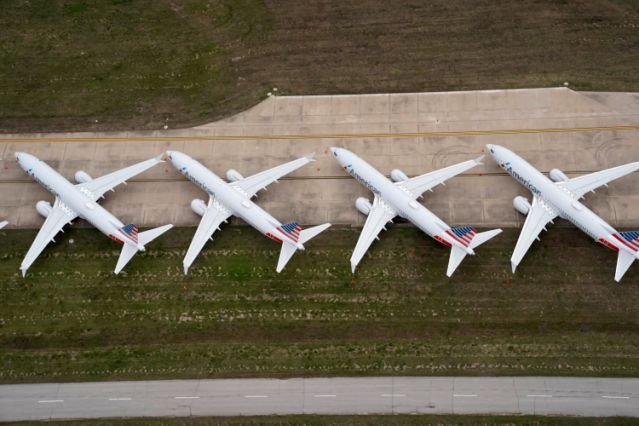On October 16, according to Bloomberg News, European Aviation Safety Agency (EASA) Director Patrick Ky stated that the adjustments made to the Boeing 737 MAX model have made it safe enough to fly back in the European market before the end of 2020.
Patrick Ky said that after the test flight in September this year, the European Aviation Safety Agency is currently conducting the final document review and is expected to announce the draft airworthiness directive in November, followed by a four-week public consultation.
Nevertheless, he still said that it will take 20 to 24 months to develop synthetic sensors for increased safety redundancy. This software-based solution will be a necessary condition for the 737 MAX 10 model to be launched in 2022. Will be retrofitted to other 737 MAX versions.
He explained that when one or two angle of attack sensors on the 737 MAX fail, this synthetic sensor will simplify the pilot’s work. This device is used to monitor whether the aircraft is pointing upward or downward relative to the oncoming airflow. “We believe that, overall, this is a good invention that will increase the level of safety. But this device is not yet available, and its available timetable will be the same as the expected timetable for the 737 MAX 10 to pass certification.”
Patrick Ky said in an interview: “Our analysis shows that this is safe and the level of safety reached is high enough for us. The fact that we discussed with Boeing is that with the third sensor, we can reach higher Security level.”
A Boeing spokesperson declined to comment.
As the main certification body of Boeing aircraft, the Federal Aviation Administration of the United States, the agency’s audit work is still in progress, and it has not predicted the time of the go-around. FAA Administrator Steve Dickson flew a 737 MAX plane last month and said it was “very comfortable.”
As of press time, Boeing’s share price has risen 3.84% in pre-market trading on US stocks to $170.54 per share.
The 737 MAX incident has strained the rapport between the FAA and global aviation authorities, including the European Aviation Safety Agency. Patrick Ky stated that the relationship between European aviation authorities and the FAA needs to be rebuilt in a way that enhances safety without slowing down progress.
He said: “For the Federal Aviation Administration, the 737MAX accident is a tragedy. For them, they must feel very much in perceiving their role, being attacked by different stakeholders in the United States, and being criticized. Difficult. We respect the technical expertise of the Federal Aviation Administration very much. We respect our colleagues very much. I would like to believe that their positions are the same. This is a really important foundation for the relationship to be consolidated again, and it must be based on respect.”
Redburn analyst Jeremy Bragg said that although Patrick Ky’s comments are positive news for Boeing and suppliers such as Safran SA and Spririt AeroSysems Holdings Inc., aircraft manufacturers “still face arduous task”.
He said that in addition to bringing the aircraft back into service, Boeing must complete the delivery of a stock of approximately 450 737 MAX aircraft that have been manufactured but are waiting to be delivered to customers. “Due to the epidemic, this goal must be achieved under the background of very weak basic demand, which will inevitably lead to very weak pricing of the 737 MAX in the next few years.”



